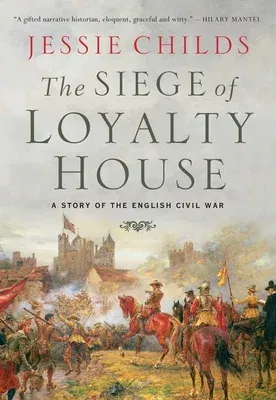An immersive and electrifying account of a defining episode in the
English Civil War that illuminates the human experience--and human
cost--of this devastating war.
It was a time of puritans and populism, witch hunts and civil war.
Between 1643 and 1645, Basing House in Hampshire, England, was besieged
three times. To the parliamentary Roundheads, the house symbolized
everything that was wrong with England: it was the largest private
residence in the country, a bastion of royalism and excess. Its owner,
the Marquess of Winchester, reportedly had the motto Love loyalty
etched into the windows. Winchester refused all terms of surrender. When
he discovered his brother plotting to betray the house, he forced him to
hang his accomplices. When the garrison divided along religious lines,
Winchester expelled all the Protestants.
As royalist strongholds crumbled around the country, the
Winchesters--and Basing House--stood firm. The famed architect Inigo
Jones designed fortifications; gamekeepers became snipers; and the women
hurled bricks at the besiegers. 'Loyalty House', as it was known, became
the king's principal garrison. But the drum of the parliamentary army
beat ever louder--and closer--and in October 1645, Oliver Cromwell
rolled in the heavy guns.
The Siege of Loyalty House tells the story of these dramatic events,
not only recounting the sallies and skirmishes, but the experiences of
the men, women, and children caught in the crossfire. What was it like
to be under siege, lying in bed with shells crashing through the window?
What was it like to conduct a siege, sleeping on frosty fields,
receiving news of sick children at home from desperate wives?
Ultimately, the story of Basing House is the story of England in the
1640s: a tale of brother against brother, of women on the frontline, of
radicalism, iconoclasm, and fanaticism. It is a tale of destruction and
derring-do, courage and cowardice, and a house on fire--the true end of
an era.

